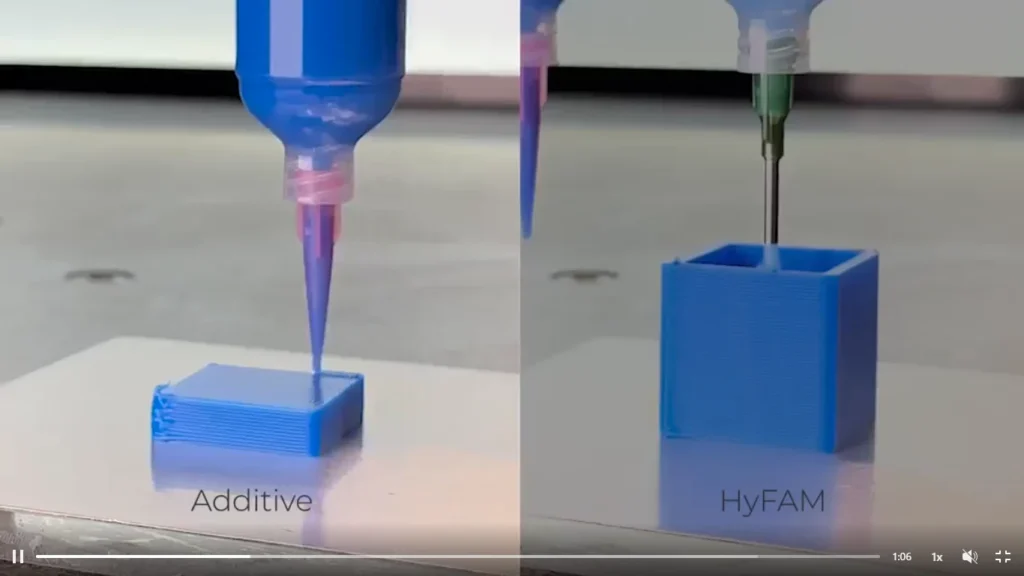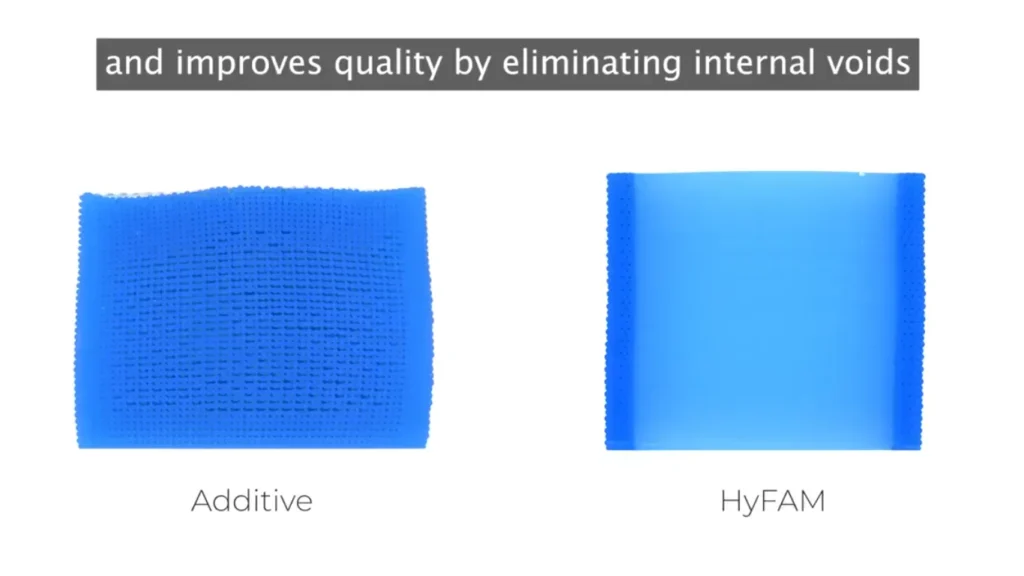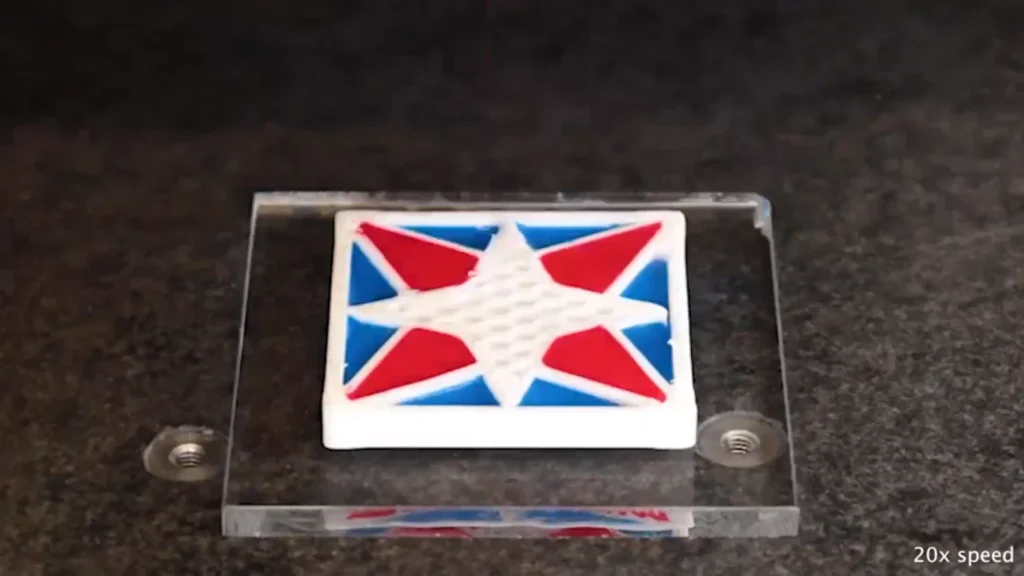Johns Hopkins researchers introduce HyFAM, a hybrid manufacturing technique combining additive and formative methods to dramatically improve 3D printing speed and quality.
Engineers at Johns Hopkins University have cracked the code to one of additive manufacturing’s biggest hurdles the frustrating tradeoff between speed and precision. Their solution? A groundbreaking hybrid technique called Hybrid Formative-Additive Manufacturing (HyFAM), which blends the best of 3D printing with the efficiency of traditional casting and molding.

Breaking the Speed Barrier
Led by Jochen Mueller, assistant professor in the Department of Civil and Systems Engineering, the team reimagined production by merging additive manufacturing’s design flexibility with formative methods’ rapid bulk-forming capabilities. The result? A process 20 times faster on some parts while keeping detail high where it matters most.
“Instead of treating these methods as rivals, we asked, ‘What if they worked together?’” Mueller explained. “HyFAM skips the slow, layer-by-layer grind for large sections, reserving precision 3D printing only for intricate features.”

How It Works
HyFAM smartly divides labor:
- Formative techniques (like casting) quickly fill bulky, low-detail areas.
- Additive manufacturing handles fine edges, complex geometries, and critical surfaces.
This approach eliminates the inefficiency of printing every voxel while avoiding the high costs and rigid tooling of traditional molding. Doctoral candidate Nathan Brown, the study’s first author, noted that HyFAM excels in objects with mixed detail levels think aerospace components or medical devices with solid cores and delicate outer structures.

Material Versatility
The team tested HyFAM with materials ranging from silicone and ceramics to chocolate, proving its adaptability. Key to success was ensuring uniform material behavior post-solidification to prevent warping a common headache in conventional 3D printing.
The Future of Manufacturing
While HyFAM isn’t ideal for uniformly intricate designs, its potential spans industries from construction to soft robotics. Next, Mueller’s lab will explore multi-material integration to further push boundaries.
Also read: ZRapid Launches iSLM 3D Printers in European Market
For an industry obsessed with innovation, HyFAM might just be the turbocharge additive manufacturing has been waiting for.

































